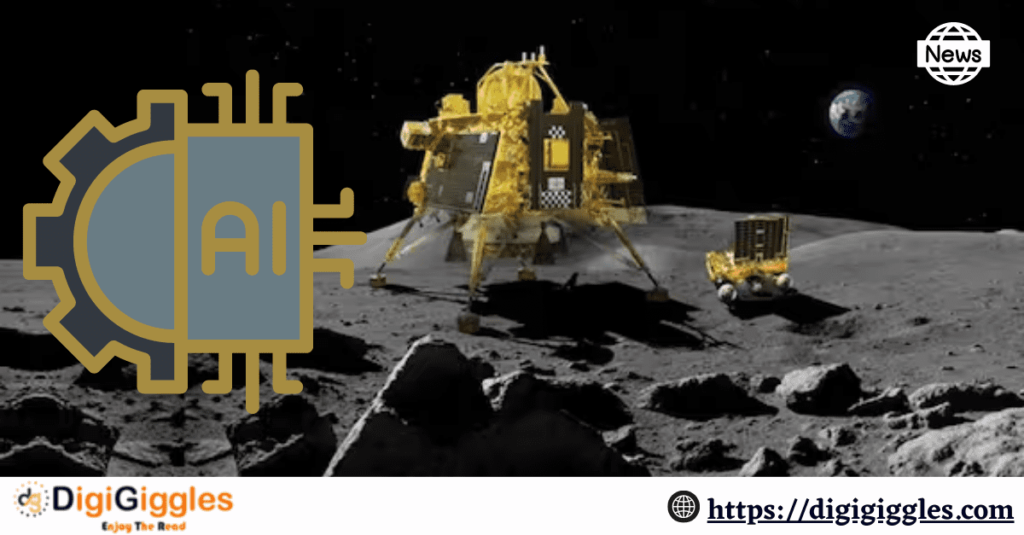Chandrayaan-3 has successfully touched down on the lunar surface, sparking nationwide celebrations among Indians. This remarkable feat not only establishes India as the pioneer in reaching the Moon’s southern polar region but also captures the interest of numerous space agencies keen on exploring its water ice possibilities. However, were you aware that Artificial Intelligence (AI) played a substantial part in helping the Indian Space Research Organisation (ISRO) in accomplishing its lunar landing mission? Continue reading for further insights.
For ISRO updates one can visit the ISRO Twitter account
Rapidly, AI is solidifying its role as an essential resource in various sectors, and this holds true even for space exploration. This technology facilitates the swift analysis of data, offers predictive perspectives, enables autonomous navigation, optimizes mission procedures, detects anomalies, and much more. In the context of India’s Chandrayaan-3 mission, AI has prominently contributed, much like in prior space endeavours.
The sensors powered by AI played a crucial role in guaranteeing a safe landing on the moon’s surface. This technology aided the lander in predicting lunar terrain, recognizing possible obstacles, and skillfully guiding its descent, thereby reducing risks and elevating safety measures.
Revealing a remarkable technological achievement, ISRO Chairman S Somnath introduced an innovative sensor array encompassing velocimeters and altimeters. These devices supply essential information about the lander’s velocity and elevation, accompanied by an assemblage of cameras (encompassing a hazard avoidance camera and inertia-based cameras) that capture critical visuals. These streams of data are harmoniously fused through sophisticated computer algorithms to produce an all-encompassing image, precisely identifying the lander’s exact position
AI’s role will extend to supporting the rover’s lunar exploration phase. Utilizing AI algorithms, guidance will be offered to identify and map captivating lunar characteristics, along with plotting the most efficient path for the rover’s exploration efforts. As the spacecraft gathers invaluable data, AI will assume a pivotal role in the subsequent analysis stage, unearthing insights that might otherwise elude traditional methodologies
With the touchdown of Chandrayaan-3, India joins the ranks of the fourth nation to attain this feat, joining the likes of the US, Russia, and China. As articulated by ISRO, the mission is guided by three main objectives: demonstrating a safe and smooth landing on the lunar surface, showcasing the mobility of a rover across the diverse lunar landscape, and conducting on-site scientific experiments. This eagerly anticipated endeavour marks ISRO’s third lunar exploration mission, succeeding the groundbreaking Chandrayaan-2 project that earned worldwide acclaim for its exceptional advancements in space exploration.
